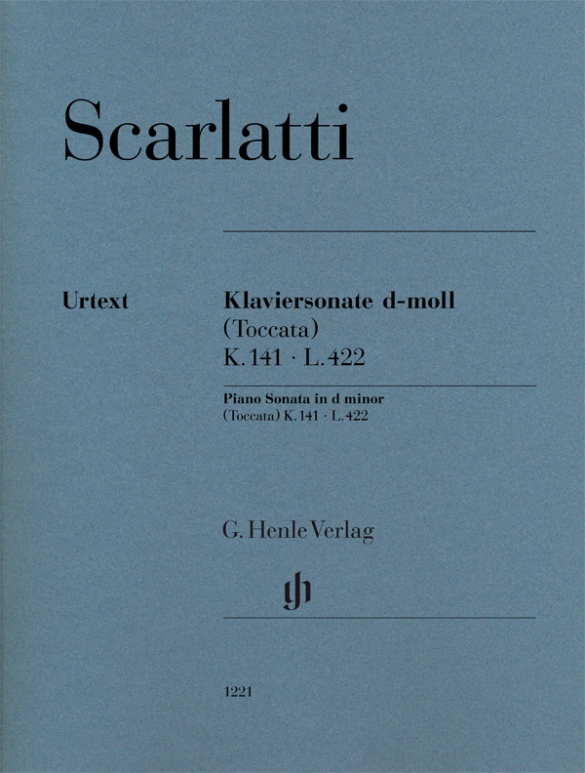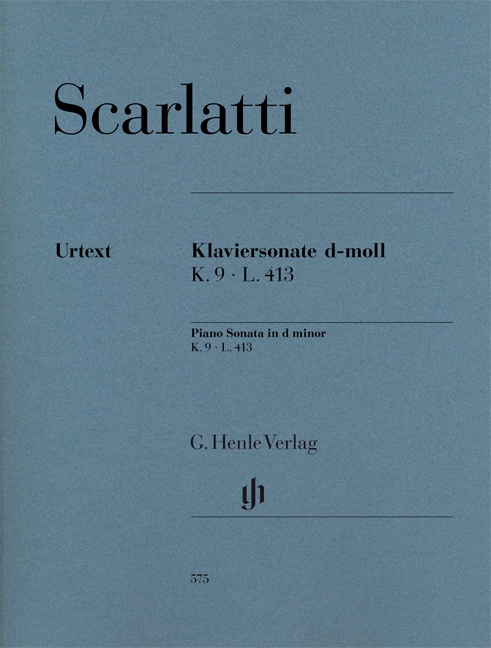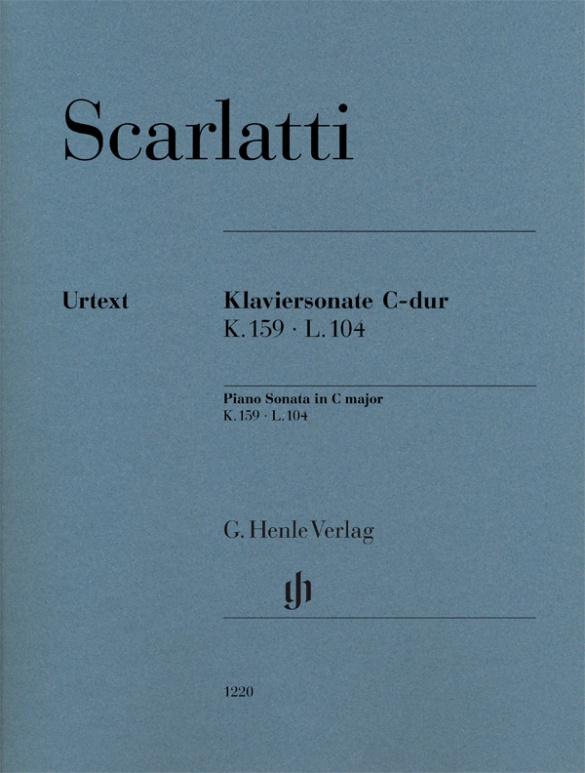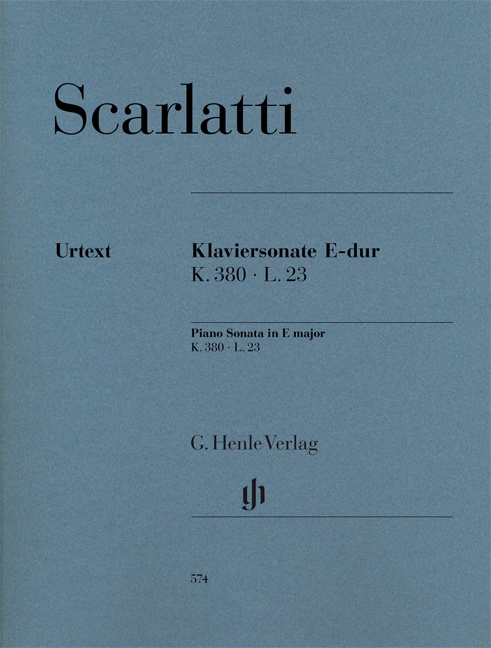Domenico Scarlatti
Piano Sonata d minor (Toccata) K. 141, L. 422
>“Seek not profundity in these compositions but rather artistic ingenuity and delight with the object of exercising freedom on the gravicembalo.” – this passage from the introduction to an edition of the sonatas from 1738 was intended to motivate piano students of all ages to become acquainted with Scarlatti’s wealth of compositions.
内容/詳細
作曲家について
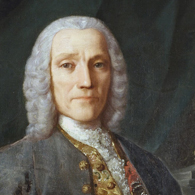
Domenico Scarlatti
Harpsichordist and most important composer of harpsichord sonatas in the first half of the eighteenth century. He left behind over 550 compositions for harpsichord; operas; chamber cantatas; liturgical music, and twelve sinfonias.
| 1685 | Born in Naples on October 26, the son of Alessandro Scarlatti. |
| 1703/04 | Commissioned to write three operas for the Teatro San Bartolomeo in Naples. |
| 1705 | Living in Venice. |
| from 1709 | Music director in Rome; performances of seven operas for Queen Marie Casimire, including “Tetide in Sciro” (1712), “Ifigenia in Aulide” and “Ifigenia in Tauri” (1713), “Amor d’un ombra e gelosia d’un’aura” (“The Love of a Shade and the Jealousy of an Aura,” 1714; in London as “Narciso” in 1720). Composes chamber cantatas and liturgical music. |
| 1714 | Music director of the Cappella Giulia at St. Peter’s Basilica in Rome. During this time, he writes his Stabat Mater. Further opera premieres at the Teatro Capranica. |
| 1719 | Director of the royal musical chapel under João V. Composition of serenades and harpsichord pieces for Maria Barbara, the later queen of Spain. |
| from 1728 | Employment at the Spanish court for the musical entertainment of Ferdinando and Maria Barbara. Instead of operas he now primarily composes harpsichord pieces that frequently adopt features of Iberian folk music (fandangos, seguidillas, polos, boleros); he thereby creates an innovative musical style that does not comply with the rules of strict counterpoint. |
| 1738/39 | Publication of 30 “Essercizi per gravicembalo” (“Exercises for Harpsichord”), which make Scarlatti known throughout Europe. |
| 1752–57 | He orders the preparation of several volumes of his collected sonatas. |
| 1754 | Probably composes his “Missa quatuor vocum” in the stilo antico. |
| 1757 | Composition of the “Salve Regina.” Death in Madrid on July 23. |
製品安全に関する情報

G. Henle Verlag
製品の製造元に関する情報はこちらでご覧いただけます。G. Henle Verlag
Forstenrieder Allee 122
81476 München
info@henle.de
www.henle.com
おすすめ
autogenerated_cross_selling
このタイトルを含む他の版
このタイトルを含む他の版


